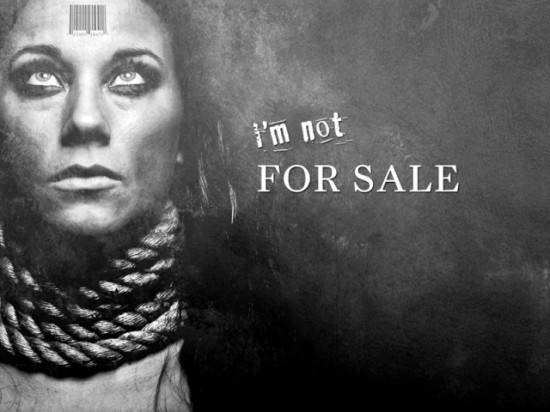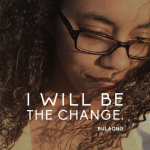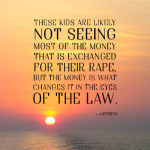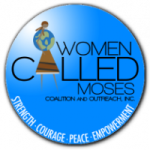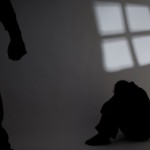Just think: Millions of people all over the world are being held against their will and traded for sex, labor, ransom, and forced organ donation. Today is Human Trafficking Awareness Day, and this practice, the equivalent of modern-day slavery, is a grave violation of our basic human rights. To learn about this issue in the United States, we spoke with Katie Pedigo, Executive Director with New Friends New Life (NFNL), a nonprofit organization that restores and empowers trafficked or sexually exploited women. At NFNL, Pedigo sees firsthand the effects that sex crimes have on victims and our community. Pedigo believes, like we do, that violence against women is not an illness. Violence against women is a cycle that can be broken, giving victims the potential for a better tomorrow. Find out how your efforts can help combat human trafficking.
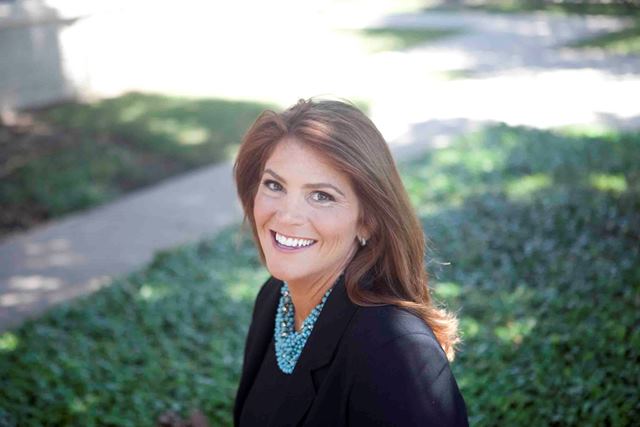
Katie Pedigo, Executive Director New Friends New Life
MB. Similar to domestic violence, we want to bring human trafficking out of the shadows and shed light on what is happening in our own backyards.
KP. When the term “human trafficking” is used, people assume that it’s far away and an international issue. This is true, but it’s also right here.
MB. How did you get started in this profession?
KP. I’m an attorney, and while in law school, I really loved studying human rights, but I didn’t know how to transition that into a career. So, I worked in employment law until I started a family and made the decision to stay at home. When I was ready to return to work, I followed my purpose and passion. Fortuitously, a friend from NFNL asked me to help find a new executive director for the organization. At that moment, I heard a tugging voice, “This is you.”
MB. What were some of the most shocking things that you first learned?
KP. The commonality of predicating factors. I had assumed it was poverty, race, or where someone lived, but though those things play a role, 90 percent of victims suffer from abuse in early childhood.
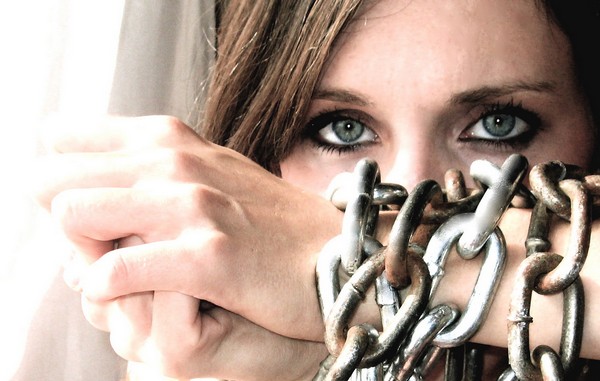
MB. So what makes these women and young girls vulnerable to a trafficker?
KP. There’s a trigger that occurs in an abused girl, around age five. The trigger says, “This is what I’m made to do, how I get my needs met, and how I get attention.” Then around age seven, she realizes that this isn’t happening to every little girl, and she starts to act out. Around thirteen, she runs away, and within 48 hours, a trafficker picks her up. These pimps are smart. They know how to entrap these girls. They hang out at places where teenagers might, like malls or bus stops. We’ve even heard some traffickers say, “I first become her friend. Then, I start to text her and become her boyfriend. I’ll find out if she was abused. If she hasn’t been, I’ll let her go because if things start to get rough, she’s out.” But, when things get rough for an abused girl, she has no refuge. According to the Dallas Police Department, pimps will go as far as getting girls pregnant to trap them.
MB. Once she falls victim to sex trafficking, how can she get out?
KP. We help adult women, teenage girls, and their children. Compassion doesn’t have to end when a woman turns 18. An adult has endured the trauma longer and needs to understand that she has options. That’s where our services come in.
MB. How long has the NFNL been around?
KP. For sixteen years. In this past year, we helped more than 700 victims. We’re seeing tremendous growth because of increased awareness.
MB. How many survivors stay on the path to recovery?
KP. Here, eighty-eight percent either continue to come back for support services or stay connected long-term so that we can track their progress.
MB. That’s a high success rate. What does NFNL do?
KP. We offer a holistic program that includes a mentoring program with our graduates. When a new woman walks in, the first person she meets is a survivor. Our resource center focuses on mental health and basic needs (rent assistance, child care, life skills, and job training). We let them know they are valued, loved, and that God has a purpose for each one.
MB. So, you told us how abusers and traffickers find their victims, but how does the NFNL?
KP. Word of mouth. Victims who have come to us will tell their friends, and once they see a life change, they want the same. We also go to the juvenile detention centers to find victims after they’ve been arrested for prostitution.
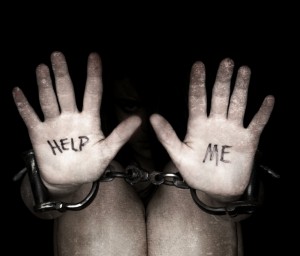
MB. Are the traffickers willing to let them go?
KP. No. Often, we have to move them and sometimes out of state.
MB. At the Dallas Women’s Foundation Annual Luncheon, Mira Sorvino said that the majority of those arrested for prostitution are women and young girls, but rarely are the Johns arrested. Why?
KP. On average, it takes about ten times for a man to frequent a suspected brothel before he’s arrested. As a result, we’re working closely with law enforcement so that their view of the perpetrator changes. Still, in Texas, a woman’s third conviction for prostitution is a felony, but for the John, it’s always a misdemeanor.
MB. That’s shocking. But, until women are equal with men in the workforce, they’ll always feel like second-class citizens.
KP. Yes, and that’s why we’re working on an initiative called ProtectHers. We’re asking male members to make two commitments: 1) Change business policies to stop reimbursing sexually oriented entertainment expenses (like trips to Vegas or strip clubs). 2) Take a personal pledge to not engage in prostitution. Stopping the demand will diminish the supply.
MB. What do you think about Mayor Rawlings’s Dallas Men Against Abuse initiative?
KP. We love it, but let’s call it Violence Against Women. It’s not just domestic violence or human trafficking—it’s all of it.
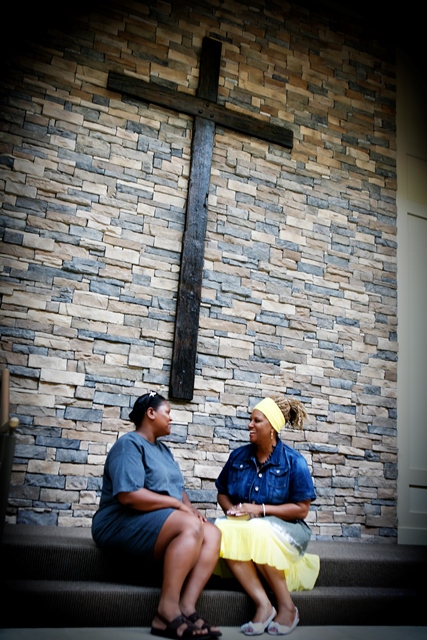
MB. What are NFNL’s goals for the next few years?
KP. Develop wrap-around services for our teenage survivors, making it easy for them to get the help they need. We’d also like to replicate our model in other cities.
MB. What’s the difference between prostitution and human trafficking?
KP. Human trafficking involves minors or when there’s force and coercion.
MB. What are the demographics of the women and girls you’ve helped?
KP. Most of the women live below the poverty line. Around sixty percent are African American, thirty percent Caucasian, and ten percent Hispanic. We’re not sure that those are the real demographics of those being abused, but that’s who is coming to us.
MB. Could you leave us with a memorable survivor story?
*Jazmine was from South Dallas and was sexually abused as a child. As a teenager, she became a mom and a prostitute. As an adult, she served three years in prison, where she befriended Linda. When *Linda got out, she came to us and turned her life around. So when Jazmine got out, she came to us and enrolled in our education program. She flourished and so did her children. Next year, her eldest daughter will be the first in her family to go to college.
NFNL is making huge strides toward ridding our community of human trafficking. To volunteer and learn more visit NFNL. To support ProtectHers, ask the men in your life to make the pledge or make it yourself. Change happens through awareness. Get involved!
* Names have been changed to protect the identity of the survivors.

